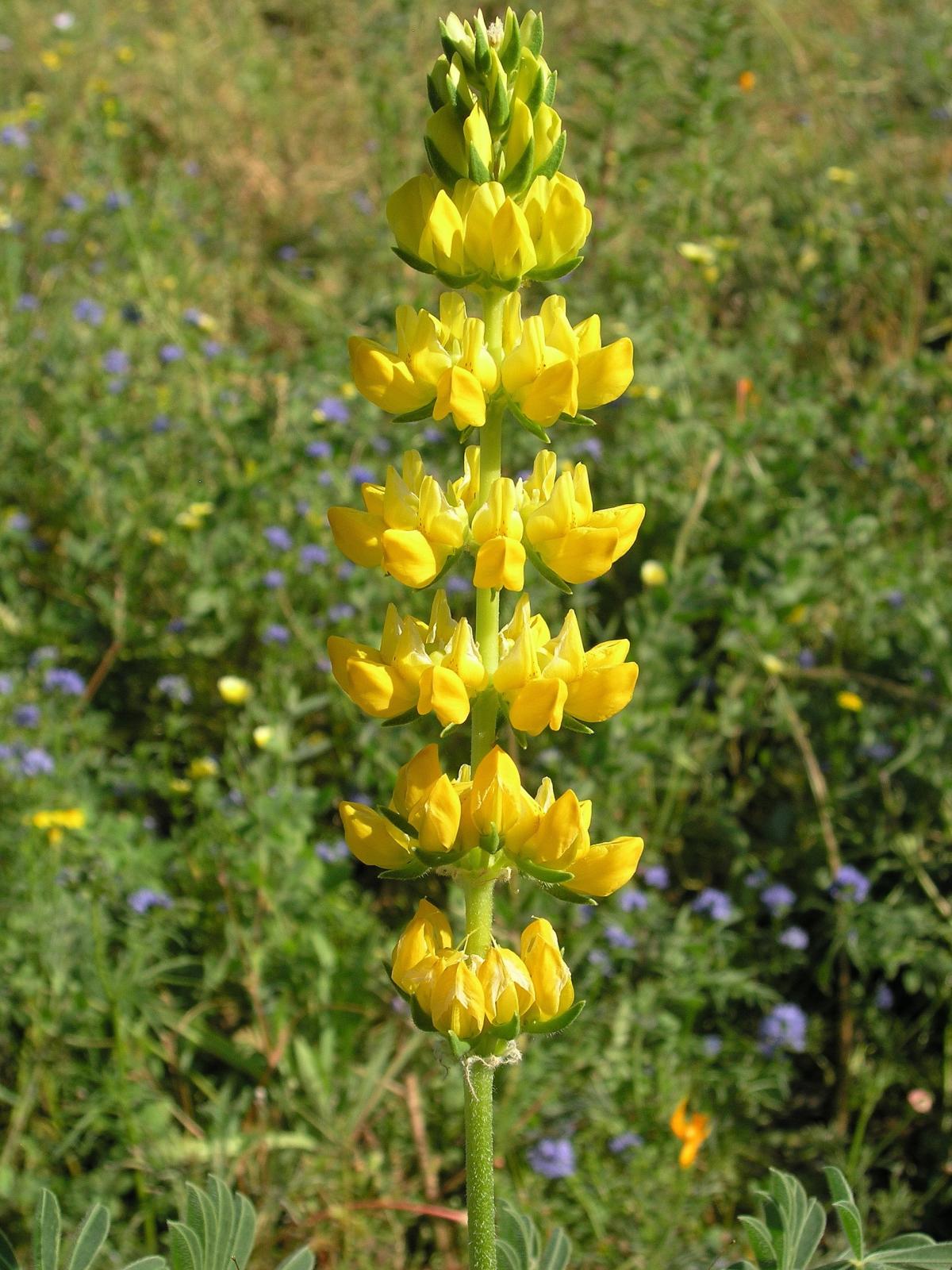The Rufous-cinctus: A Glimpse Into The Life Of Lioptilus Rufocinctus
Share
The Rufous-cinctus, scientifically known as Lioptilus rufocinctus, is a captivating bird species belonging to the family Muscicapidae. This article delves into the taxonomy, habitat, behavior, and conservation status of this intriguing bird, providing birdwatchers and enthusiasts with valuable insights.

Taxonomy
The Rufous-cinctus is classified under the order Passeriformes, which encompasses a vast array of songbirds. Within this order, it belongs to the suborder Oscines, known for their complex vocalizations. The family Muscicapidae includes various species of flycatchers and chats, while the subfamily Timaliinae is characterized by its unique adaptations and behaviors. The species was first described by Rothschild in 1908, with its type locality being the Rugege Forest in southwestern Ruanda.
Physical Characteristics
The Rufous-cinctus is a medium-sized bird, easily recognizable by its striking plumage. The upperparts are predominantly olive-brown, while the underparts feature a vibrant rufous coloration, particularly around the belly and flanks. This distinctive rufous band gives the species its common name. The bird's wings are dark with white spots, and it has a relatively short tail. Adult males and females exhibit similar coloration, making it challenging to differentiate between the sexes in the field.

Habitat
The Rufous-cinctus primarily inhabits the dense undergrowth of montane forests, particularly in the Rugege Forest region of Ruanda and the eastern Congo. Its range extends from the valley of the Ruzizi southward to Lake Tanganyika, north of Albertville. This bird prefers humid, shaded environments where it can find ample cover and food sources. The forest floor, rich in leaf litter and vegetation, provides an ideal habitat for foraging.
Diet
The diet of the Rufous-cinctus mainly consists of insects and other invertebrates, which it forages from the forest floor and low vegetation. This bird is known for its active foraging behavior, often seen hopping through the underbrush in search of food. Occasionally, it may also consume fruits and seeds, particularly during the breeding season when energy demands increase.

Behavior
The Rufous-cinctus is a relatively secretive bird, often remaining hidden among the foliage. It is known for its melodious song, which can be heard during the breeding season. Males use their vocalizations to establish territory and attract mates. The bird is also known for its agility, moving swiftly through the underbrush and often perching low to the ground.
Socially, the Rufous-cinctus is generally solitary or found in pairs, especially during the breeding season. Outside of this period, it may join mixed-species foraging flocks, which can provide safety in numbers while searching for food.

Reproduction
Breeding typically occurs during the rainy season, when food availability is at its peak. The Rufous-cinctus builds its nest in dense vegetation, often close to the ground. The female lays a clutch of 2-4 eggs, which she incubates for about two weeks. Both parents are involved in feeding the chicks once they hatch, providing them with a diet rich in insects to support their rapid growth.
Conservation Status
The conservation status of the Rufous-cinctus is currently not well-documented, but habitat loss due to deforestation and agricultural expansion poses a significant threat to its population. Efforts to preserve montane forests in Ruanda and the eastern Congo are crucial for the survival of this species. Birdwatchers and conservationists are encouraged to support local initiatives aimed at protecting these vital habitats.

Birdwatching Tips
For birdwatchers eager to observe the Rufous-cinctus, visiting the montane forests of Ruanda and the eastern Congo during the breeding season is ideal. Early mornings are the best time to listen for their melodious songs, which can guide you to their location. Patience is key, as these birds can be elusive. Bringing binoculars and a field guide can enhance the experience, allowing for a closer look at this remarkable species.
The Rufous-cinctus is a testament to the rich avian diversity found in the forests of Africa. Its unique adaptations and behaviors make it a fascinating subject for study and observation. By understanding and protecting its habitat, we can ensure that future generations will also have the opportunity to appreciate this beautiful bird.